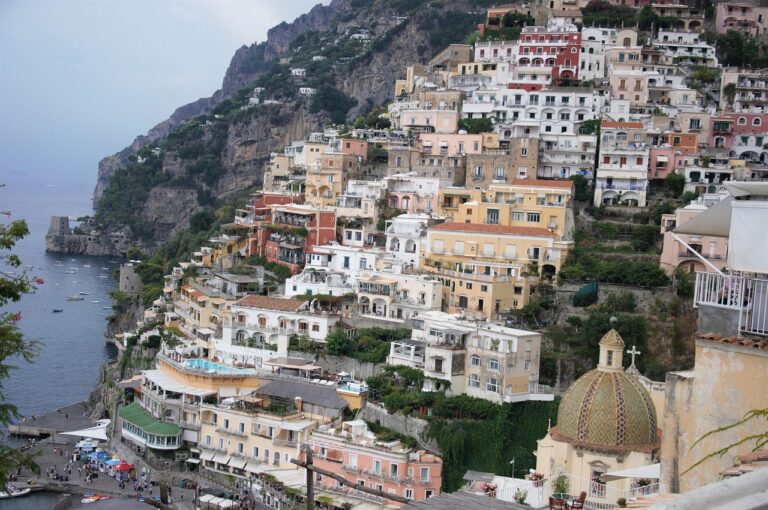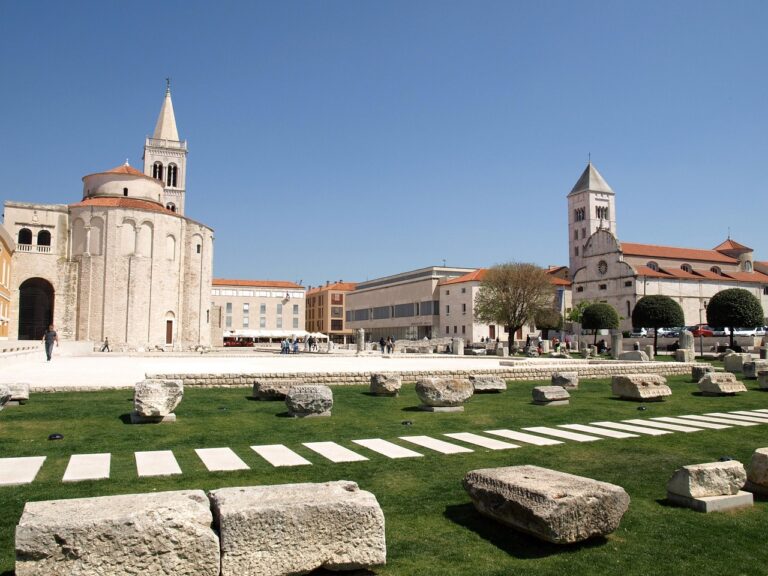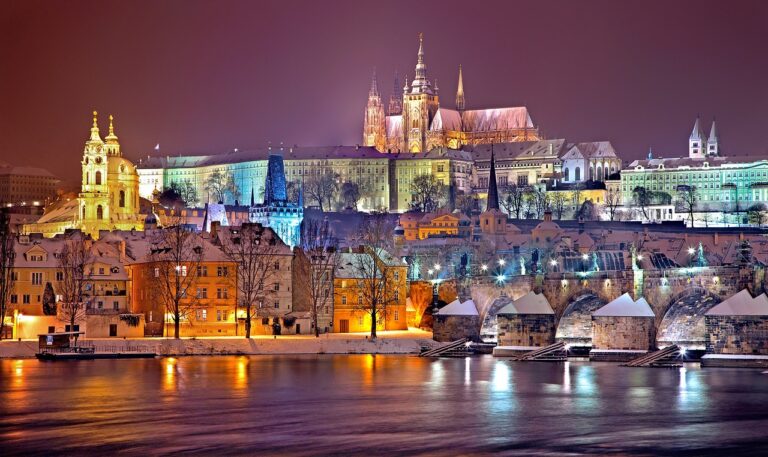Exploring the Wonders of Meteora Monasteries in Greece

Imagine standing at the base of towering sandstone cliffs, hundreds of feet high, each crowned by ancient monasteries that seem to hover between the earth and sky. This mystical place is Meteora, one of Greece’s most enchanting UNESCO World Heritage Sites. Renowned for its surreal landscape and spiritual serenity, the Meteora Monasteries invite travelers from around the globe to step into a world suspended in time.
This is more than a destination; it’s a portal into Greece’s rich history, where faith and architectural brilliance defy gravity. Whether you’re intrigued by unique geological wonders, deeply spiritual experiences, or awe-inspiring views, the Meteora Monasteries promise an unforgettable adventure.
The History and Meaning Behind Meteora
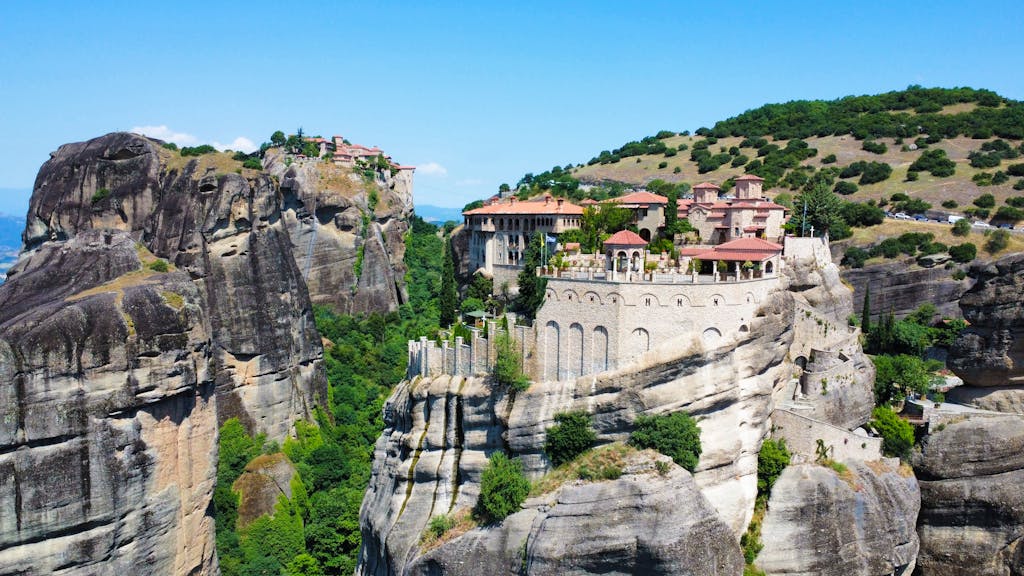
The Origins of the Meteora Monasteries
The name ‘Meteora’ literally means “suspended in the air” or “hovering above the sky” – a fitting title for these magnificent monasteries perched atop vertical rock pillars. These sandstone cliffs, formed over 60 million years ago by natural weathering and erosion, dominate the Thessalian Plain and create a dramatic natural wonder.
The story of meteora begins in the 9th century when hermit monks sought isolation in the cliffs’ natural caves. Escaping political unrest and chaos, they established a spiritual refuge here, creating a life of prayer and meditation. The vision and resilience of these monks eventually gave rise to one of the most unique monastic sites in the world.
The Growth of Monastic Life on the Rocks
By the 14th century, the scattered hermitages evolved into more structured monastic communities. Monks, driven by their devotion and determination, began building monasteries on Meteora’s seemingly unreachable cliffs. Their goal was to seek both solitude and protection from outside threats, including invasions during the Ottoman era.
Construction was an arduous task that showcased not just faith but remarkable ingenuity. Tools and materials were painstakingly hoisted up using ropes, nets, and pulley systems. Despite the obstacles, 24 monasteries were built, each a testament to human perseverance and dedication to spirituality. Today, only six of these monasteries remain active, welcoming visitors to marvel at their legacy.
Marveling at Meteora’s Unique Architecture
The Art and Design of Meteora Monasteries
The Meteora Monasteries are more than just architectural feats. They are masterpieces that blend Byzantine and medieval styles, designed not only to function as places of worship but also as sanctuaries of self-sufficiency. Within their stone walls, visitors can find prayer halls, monk’s quarters, libraries, and repositories of invaluable religious artifacts.
Inside, intricate frescoes adorn the walls, narrating vivid biblical tales and the lives of saints. These centuries-old works of art, painted by the most skilled Byzantine iconographers of the time, give visitors a glimpse into the depth of devotion and artistic excellence.
Gravity-Defying Construction Techniques
The construction of these monasteries defies logic and continues to astound architects and travelers alike. Without modern machinery, early builders relied on basic systems to transport materials up the sheer rock faces. Ropes, wooden ladders, and nets were used to haul everything from stones to food supplies.
The ingenious methods and sheer physical effort required to construct these monasteries inspire awe. Stories of monks braving incredible odds to preserve their faith during periods of hardship highlight both their resilience and their deep spiritual dedication.
Experiencing the Six Remaining Monasteries Today
A Visitor’s Guide to the Meteora Monasteries in Greece
Today, six active monasteries welcome visitors to explore their history, architecture, and serene surroundings. Each offers a unique perspective on Meteora’s spiritual and cultural heritage.
Great Meteoron Monastery (Transfiguration of Christ)
The largest and most impressive of all, the Great Meteoron Monastery is also the oldest. Founded in the 14th century, it houses an extensive collection of relics, manuscripts, and frescoes. Its awe-inspiring location and rich history make it a must-visit.
Varlaam Monastery
Known for its magnificent 16th-century frescoes and tranquil atmosphere, Varlaam Monastery rewards visitors with breathtaking views of the lush valley below.
Rousanou Monastery (St. Barbara)
Rousanou stands out for its beautiful iconography and slightly easier accessibility, making it a favorite for visitors seeking spiritual enrichment without strenuous climbs.
Holy Trinity Monastery
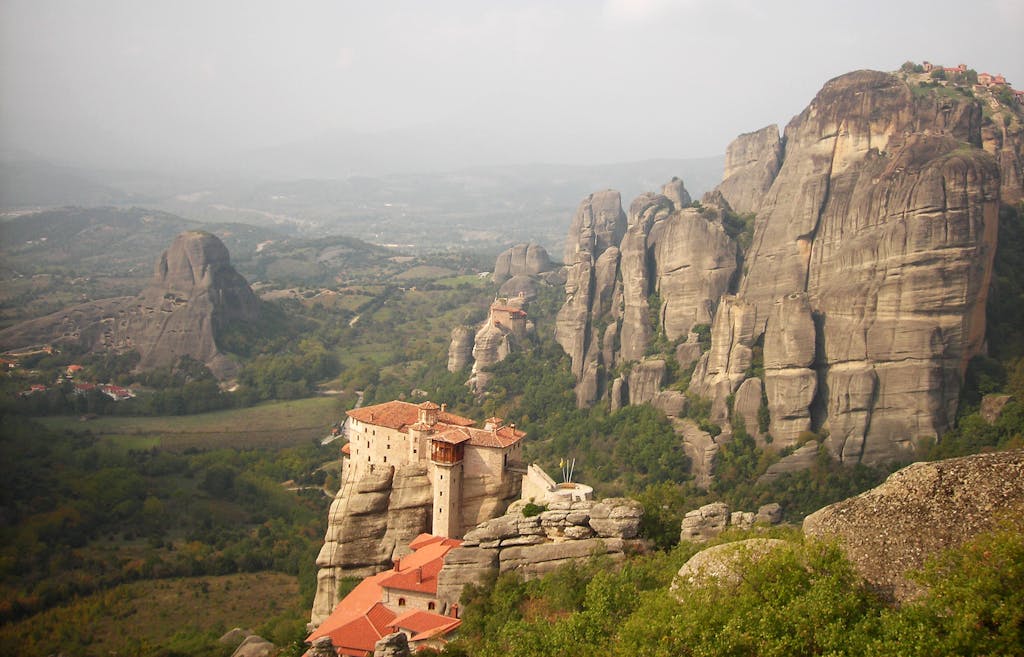
Perched on a dramatic rock summit, Holy Trinity Monastery gained fame for its appearance in the James Bond movie For Your Eyes Only. Its stunning panoramic views make the climb worthwhile.
St. Nicholas Anapafsas
Although smaller in size, St. Nicholas Anapafsas boasts exceptional frescoes by the renowned artist Theophanes the Cretan. Its intimate chapel settings and unique location offer a peaceful retreat.
St. Stephen’s Monastery
Easily accessible via a stone bridge, St. Stephen’s is renowned not only as a monastery but also as a nunnery. Visitors appreciate its welcoming ambiance and breathtaking surroundings.
Planning Your Visit to Meteora
When to Visit the Meteora Monasteries
The best times to visit Meteora are during spring and autumn, when mild weather and fewer crowds enhance the experience. Sunrise and sunset are particularly magical, casting golden hues across the cliffs and monasteries. For more inspiration on planning memorable travels, check out The Best Places to Spend 3 Months in Europe for further travel ideas.
Tips for Exploring Meteora Responsibly
Visitors should remember that Meteora remains an active religious site. Modest dress is required, with women typically needing to cover their shoulders and wear skirts. The region is a haven for hikers, with trails offering incredible perspectives of the cliffs and monasteries. Adventurers will also enjoy exploring 10 Hidden Gems: The Most Underrated Travel Destinations Around the World for another dose of off-the-beaten-path inspiration.
How to Get to Meteora in Greece
Meteora is accessible from Athens or Thessaloniki by train, bus, or car. Guided tours are available for those wanting a structured experience, while independent travelers can enjoy more flexibility. For tips on exploring beyond Meteora, check out A Traveler’s Guide to the Most Stunning Destinations in Europe.
Beyond the Monasteries
What Else to Do in the Meteora Region
While the monasteries are Meteora’s highlight, the surrounding region offers plenty to explore. The nearby villages of Kalambaka and Kastraki charm visitors with local culture, hearty Greek cuisine, and warm hospitality. Outdoor enthusiasts can trek through Meteora’s trails or photograph the cliffs from hidden vantage points.
For more destinations rich in culture and history, consider exploring 7 Famous Landmarks in Italy You Can’t Miss and Best Places to Visit in Italy for ideas.
The Spiritual and Cultural Legacy of Meteora
What Meteora Monasteries Teach Us About Resilience and Faith
Meteora stands as a powerful testament to the resilience of faith, human ingenuity, and spiritual devotion. For centuries, monks endured unimaginable challenges to build and preserve these monasteries, leaving behind a legacy that continues to inspire awe.
Their dedication and perseverance remind us of the strength of the human spirit, and Meteora’s timeless presence is a beacon for those seeking peace and introspection.
Why the Meteora Monasteries Should Be on Your Travel List
Meteora is more than a destination; it’s an experience that stirs the soul. From its gravity-defying monasteries and cosmic views to its rich history and spiritual significance, Meteora promises an adventure unlike any other. This blend of natural beauty, architectural wonder, and serene spirituality makes it a must-visit spot for travelers around the world.
Dreaming of another awe-inspiring trip? Take a look at 10 Must-Visit Destinations Before You Die: The Ultimate Travel Bucket List, and start planning your next unforgettable adventure.


